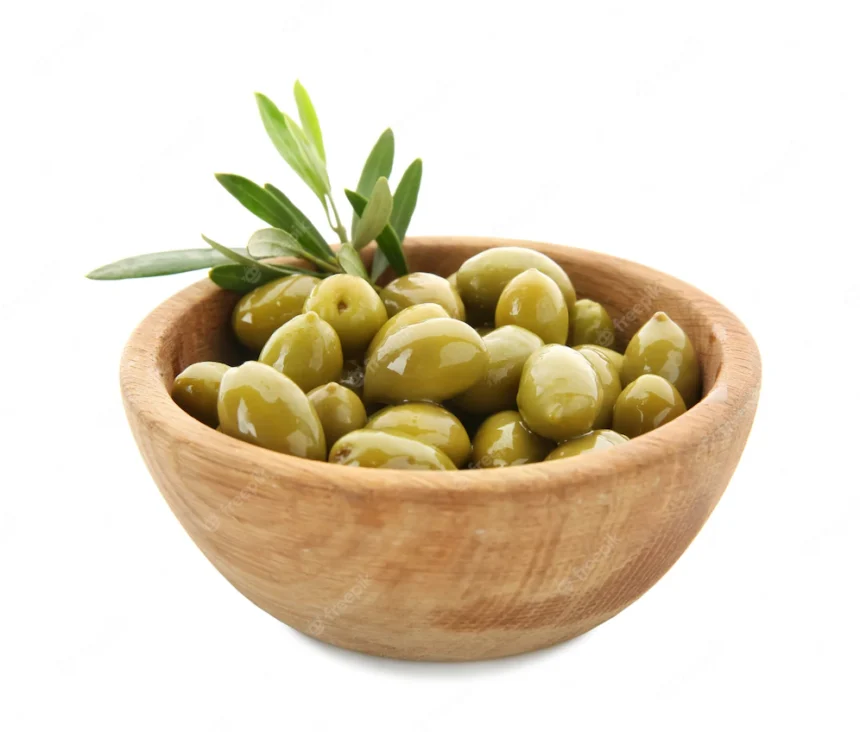Verticillium wilt is a fungal disease that affects a wide range of plants, including olive trees. Here are some symptoms of Verticillium wilt that you should look out for in olives:
- Wilting and Yellowing Leaves: One of the primary symptoms of Verticillium wilt is the wilting and yellowing of leaves. The yellowing usually starts at the margins and progresses towards the center of the leaf. The leaves may eventually turn brown and die.
- Stunted Growth: Infected olive trees may exhibit stunted growth due to the disruption of water and nutrient transport caused by the disease. The branches may become weak and fail to develop properly.
- Leaf Drop: As the disease progresses, infected olive trees may shed their leaves prematurely. This can lead to a thinning canopy and decreased foliage density.
- Vascular Discoloration: Verticillium wilt affects the vascular system of the plant, leading to discoloration of the xylem, which is responsible for transporting water and nutrients. If you cut a cross-section of an infected branch or trunk, you may observe brown or dark streaks in the affected vascular tissue.
- Branch Dieback: Infected olive trees may experience branch dieback, where the branches gradually wither, dry out, and eventually die. This can lead to a distorted or lopsided appearance of the tree.
It’s important to note that these symptoms can also be caused by other factors, such as drought, nutrient deficiencies, or other diseases. Therefore, if you suspect Verticillium wilt in your olive trees, it’s recommended to consult with a professional arborist, horticulturist, or plant pathologist for a proper diagnosis. They may perform laboratory tests or examine the roots and vascular tissues to confirm the presence of Verticillium wilt.
Join 'Farmers Mag' WhatsApp Channel
Get the latest Farming news and tips delivered straight to your WhatsApp
CLICK HERE TO JOIN






